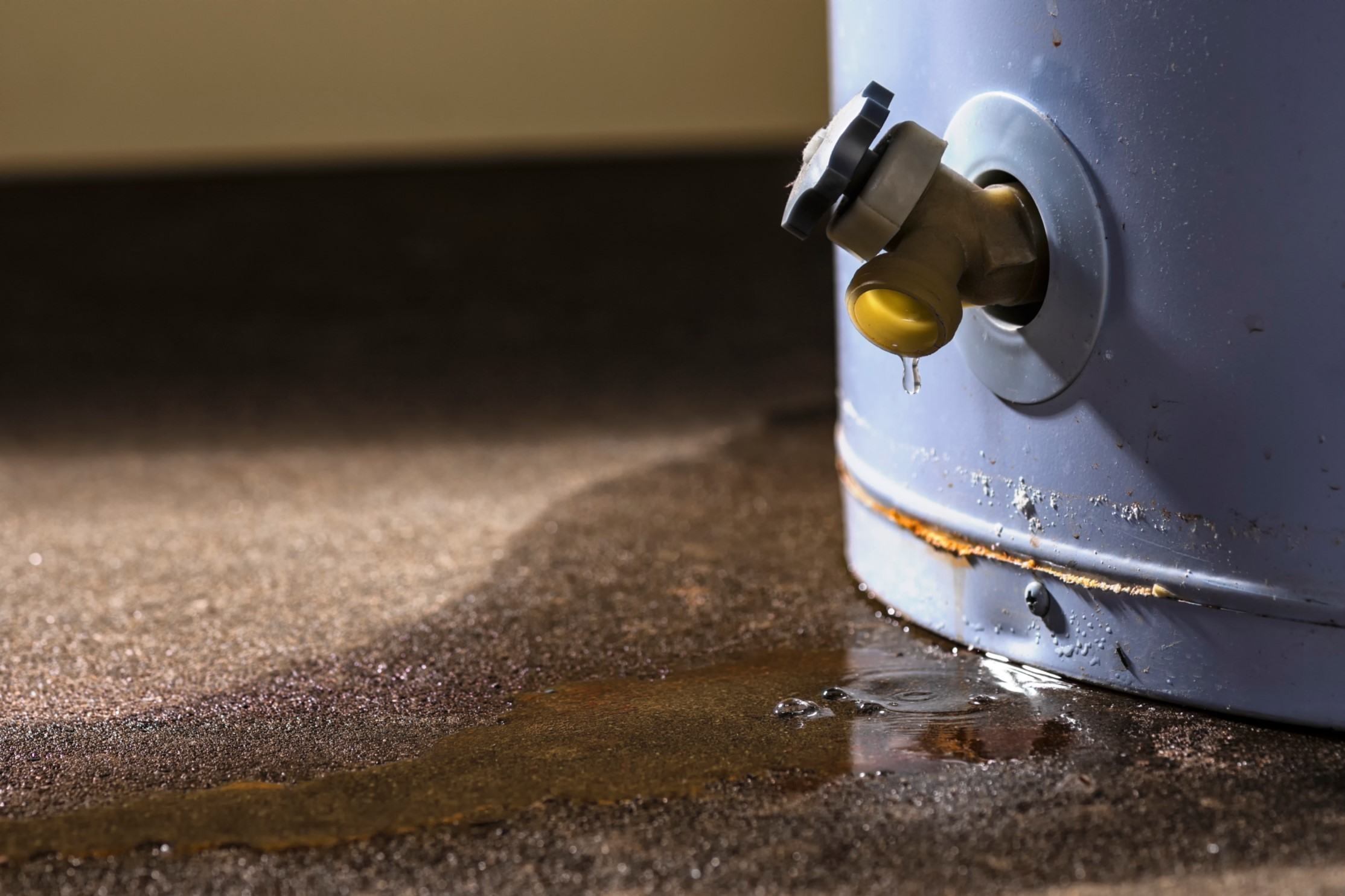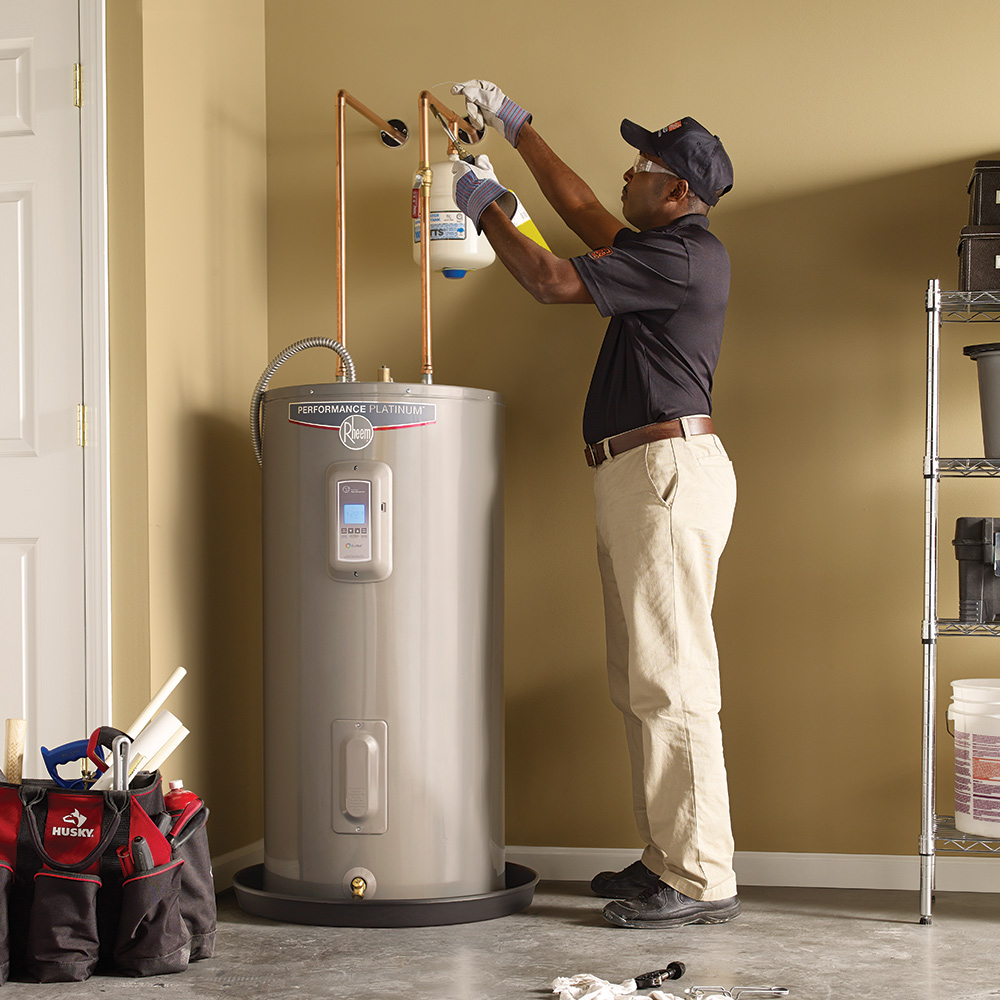Professional Advice on Maintaining Your Home's Hot Water System
Professional Advice on Maintaining Your Home's Hot Water System
Blog Article
Are you in search of help and advice concerning How to Maintain a Hot Water Heater in a Few Simple Steps?

Warm water is necessary for everyday comfort, whether it's for a refreshing shower or washing dishes. To guarantee your warm water system runs efficiently and lasts much longer, routine maintenance is vital. This post supplies practical pointers and understandings on how to keep your home's hot water system to avoid disturbances and expensive repairs.
Intro
Preserving your home's hot water system might seem complicated, however with a few simple steps, you can guarantee it runs smoothly for years ahead. This overview covers every little thing from recognizing your warm water system to DIY upkeep ideas and knowing when to call in expert help.
Relevance of Keeping Your Hot Water System
Regular upkeep not only extends the life expectancy of your hot water system yet additionally guarantees it operates effectively. Overlooking maintenance can cause reduced effectiveness, higher energy costs, and even premature failure of the system.
Indications Your Warm Water System Demands Maintenance
Knowing when your warm water system requires interest can avoid significant problems. Watch out for signs such as irregular water temperature level, odd noises from the heating unit, or rusty water.
Flushing the Hot Water Heater
Purging your water heater eliminates debris buildup, boosting efficiency and extending its life.
Monitoring and Replacing Anode Rods
Anode poles protect against rust inside the storage tank. Examining and replacing them when worn is vital.
Complex Concerns Requiring Professional Help
Instances include significant leaks, electrical issues, or if your water heater is continually underperforming.
Regular Specialist Maintenance Conveniences
Professional maintenance can consist of detailed assessments, tune-ups, and making certain conformity with safety standards.
Examining and Adjusting Temperature Settings
Changing the temperature settings makes sure optimum efficiency and security.
Do It Yourself Tips for Upkeep
You can do numerous upkeep jobs on your own to maintain your hot water system in top condition.
Looking for Leaks
Regularly evaluate pipes and connections for leakages, as these can cause water damage and greater costs.
Comprehending Your Hot Water System
Before diving right into upkeep tasks, it's useful to recognize the fundamental components of your warm water system. Usually, this includes the hot water heater itself, pipelines, anode rods, and temperature controls.
Regular Monthly Upkeep Tasks
Routine regular monthly checks can aid capture small concerns before they rise.
Checking Pressure Alleviation Valves
Checking the pressure safety valve guarantees it operates correctly and prevents too much pressure buildup.
Insulating Pipelines
Shielding warm water pipes decreases heat loss and can conserve energy.
When to Call a Specialist
While do it yourself maintenance is beneficial, some concerns require specialist competence.
Conclusion
Regular maintenance of your home's warm water system is necessary for effectiveness, longevity, and cost financial savings. By complying with these suggestions and knowing when to look for professional aid, you can make sure a dependable supply of warm water without unforeseen disruptions.
How to Maintain an Instant Hot Water Heater
Before tinkering with your hot water heater, make sure that it’s not powered on. You also have to turn off the main circuit breaker and shut off the main gas line to prevent accidents. Also turn off the water valves connected to your unit to prevent water from flowing into and out of the appliance. 2. When you’re done, you have to detach the purge valves’ caps. These look like the letter “T†and are situated on either side of the water valves. Doing so will release any pressure that has accumulated inside the valves while at the same time avoid hot water from shooting out and burning your skin. 3. When the purge valves’ caps are removed, you have to connect your hosing lines to the valves. Your unit should have come with three hoses but if it didn’t, you can purchase these things from any hardware or home repair shops. You can also get them from retail stores that sell water heating systems. Read the user’s manual and follow it to complete this task properly. When the hosing lines are connected, open the purge port’s valves. 4. You should never use harsh chemical cleaners or solutions when cleaning your unit. Make use of white vinegar instead. It should be undiluted and you’ll probably use about 2 gallons. 5. Now flush your water heater. This task should probably take about 40 minutes. We can’t give you specific directions for this because the procedure is carried out depending on the type, model and brand of your heater. With that being said, refer to the user’s manual. 6. When you’re done draining the unit, you have to turn off the purge port valves again. Remove the hosing lines that you earlier installed on each of the water valves. Put the valve caps (purge port) back in their respective places and be very careful so as not to damage the rubber discs that are found inside these caps. 7. Now that everything’s back in place, check your user’s manual again to find out how to reactivate your water heating system. 8. Once it is working, turn one of your hot water faucets on just to let air pass through the heater’s water supply pipes. Leave the tap on until water flows smoothly out of it. https://www.orrplumbing.com/blog/2014/september/how-to-maintain-an-instant-hot-water-heater/

I was made aware of that editorial on How to Maintain a Hot Water Heater in a Few Simple Steps from a good friend on our other blog. Liked our piece of writing? Please quickly share it. Help another person discover it. Thank you for going through it.
This Resource Report this page